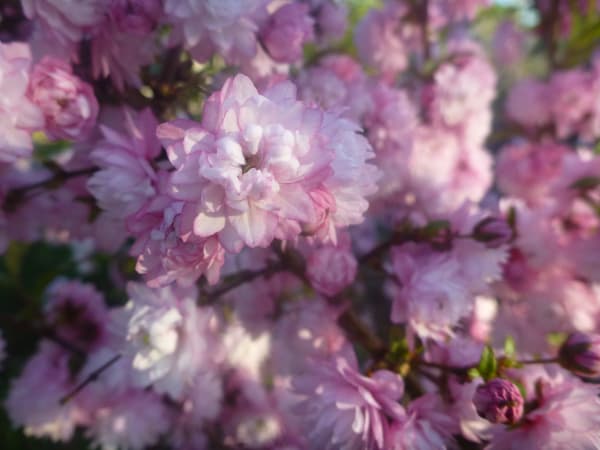In early spring vibrant yellow-green foliage emerges followed by tiny orange-red flower buds in June. As the mauve flowers awaken from their buds in August, the overall visual effect is a rainbow tie-dye. Blooms linger into October, and maybe longer. Salmon-red foliage turns dark brick-red in late fall through winter. So far, this is among our top favorites. Upright habit. Z4. BACK! (4" pots)
Items from our perennial plants warehouse ordered on or before March 7 will ship around March 31 through late April, starting with warmer areas and finishing in colder areas. Orders placed after March 7 will ship around late April through early-to-mid May, in the order in which they were received.


